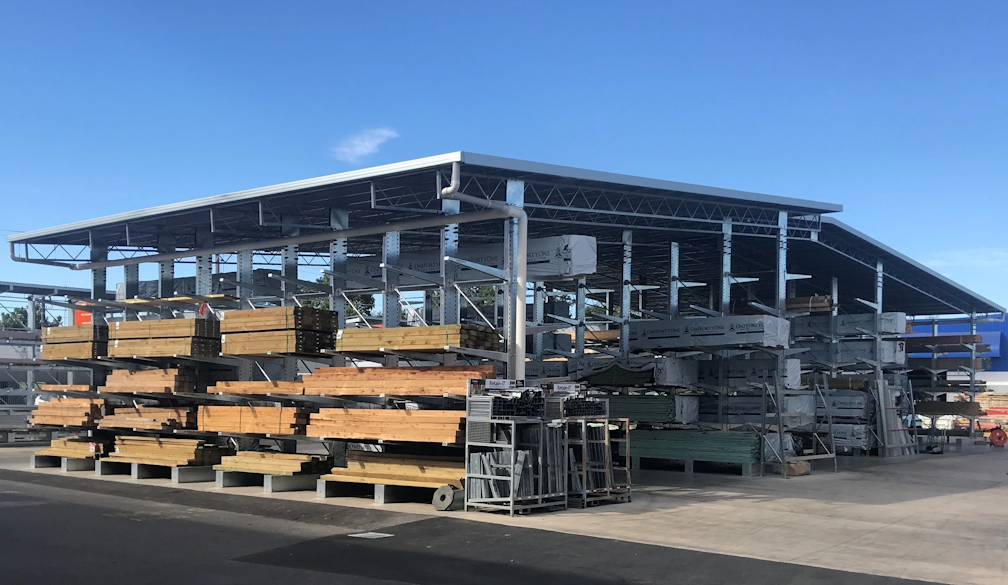Commonly Asked Questions About Cantilever Racking
- Written by Sky Digital

Cantilever racking is a highly versatile storage solution that has become increasingly popular in warehouses and storage facilities. If you're considering optimising your storage space, you might have several questions about cantilever racking. This article aims to answer the most commonly asked questions to help you understand how cantilever racking can benefit your operations.
What is Cantilever Racking?
Cantilever racking is a type of storage system designed to store long, bulky or irregularly shaped items. Unlike traditional shelving, cantilever racking consists of a series of arms extending from a central column, without front uprights obstructing the storage area. This open design allows for easy loading and unloading of items such as timber, pipes, beams and sheet materials.
What Are the Benefits of Cantilever Racking?
Cantilever racking offers several advantages that make it an ideal choice for specific storage needs:
- Flexibility – The adjustable arms can accommodate items of varying lengths and sizes, providing a flexible storage solution.
- Accessibility – With no front columns, forklift operators can access items directly, improving efficiency and reducing handling times.
- Space Optimisation – By utilising vertical space effectively, cantilever racking maximises storage capacity within a given footprint.
- Durability – Constructed from robust materials, cantilever racking is designed to withstand heavy loads and frequent use.
What Types of Materials Can Be Stored on Cantilever Racks?
Cantilever racking is ideal for storing a wide range of long and bulky items, including timber and lumber, pipes and tubes, steel metal beams, sheet materials and furniture.
How Does Cantilever Racking Compare to Other Storage Systems?
When compared to traditional pallet racking or shelving, cantilever racking offers distinct advantages for certain applications:
- Versatility – Cantilever racking is specifically designed for items that are too long or bulky for standard racks.
- Ease of Access – The absence of front uprights allows for unobstructed loading, which isn’t possible with pallet racking.
- Customisation – Cantilever systems can be tailored to specific requirements, including adjustable arm heights and lengths.
However, for storing smaller, palletised goods, traditional pallet racking might be more appropriate due to its design and capacity for standard-sized items.
Is Cantilever Racking Customisable?
Yes, cantilever racking is highly customisable. Systems can be designed to fit the specific needs of your facility:
- Arm Adjustability – Arms can be moved up or down the columns to accommodate items of different heights.
- Single or Double-Sided Configurations – Depending on space and access requirements, racks can be single-sided (against a wall) or double-sided (accessible from both sides).
- Load Capacities – Racking can be engineered to support various weight capacities, ensuring safety and functionality.
- Outdoor Use – With appropriate finishes and materials, cantilever racking can be used outdoors, providing weather-resistant storage.
How Do You Ensure Safety When Using Cantilever Racking?
Safety is paramount when using any storage system. Here are some steps for the safe usage of cantilever racking:
- Regular Inspections – Conduct routine checks for signs of damage or wear, especially after heavy use or impact.
- Weight Limits – Adhere strictly to the manufacturer's recommended load capacities for both the arms and the overall structure.
- Proper Installation – Ensure racks are installed on suitable flooring and anchored correctly to prevent tipping.
- Training – Provide staff with training on the correct procedures for loading and unloading items.
